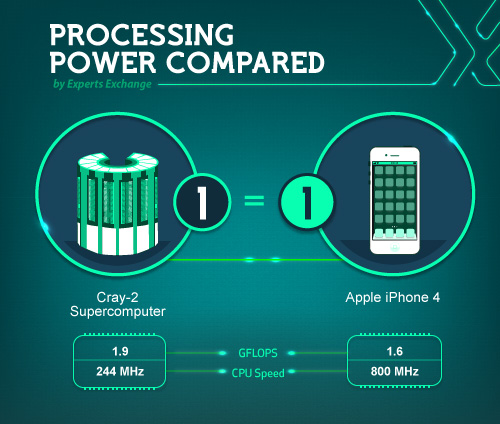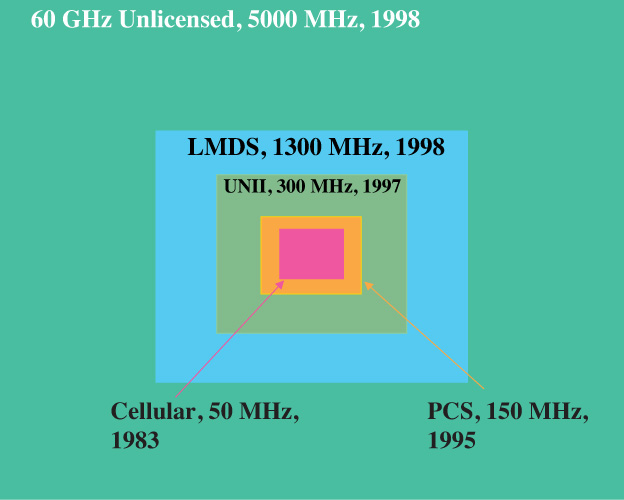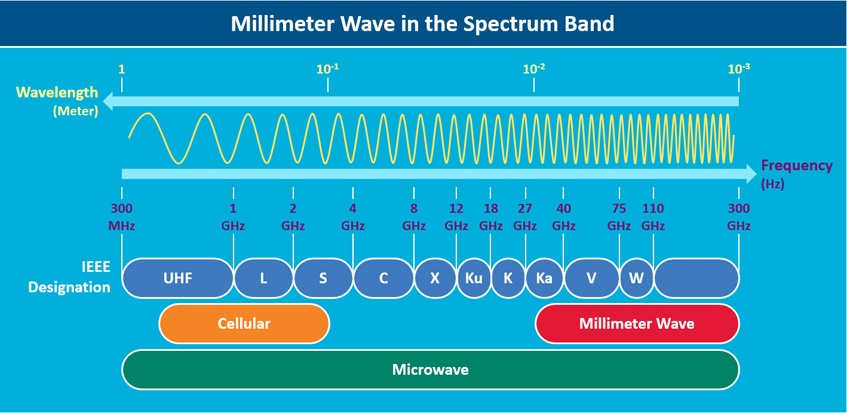Between 1956 to 2015, computing devices--thanks to Moore’s Law--achieved a trillion times increase in in performance. With declining cost, those advances now make possible the commercial use of millimeter wave frequencies for mass market communications.



In the past, use of millimeter wave frequencies for end user communications was too difficult, in part because of line of sight requirements, in part because of limited propagation distance, in part because of cost.
But Moore’s Law improvements now mean sophisticated signal processing is cheap enough to build receiving and transmitting devices that can overcome the line of sight, signal fade and cost issues.
Consider that the Cray-2 supercomputer had the same processing power as an Apple iPhone 4. The point is that we now can harness supercomputer processing power in everyday consumer appliances.
Without Moore’s Law, consumer applications for millimeter wave spectrum would not be possible.
The other often-missed element is that millimeter wave frequencies inherently are capable of delivering more bandwidth per unit of spectrum, compared to the traditional sub-gigaHertz frequencies used for mobile communications.
It is no exaggeration to say that new millimeter capacity coming to market expands mobile capacity by an order of magnitude (10 times greater) to two orders of magnitude (100 times increase).
The reason for millimeter wave capacity advantages is frequency itself. At a fundamental level, the amount of information radio waves can carry (at a physical level) is dictated by frequency. The higher the frequency, the greater the number of transitions between high and low states, and therefore the greater ability to code symbols--and therefore information--in binary form.
Also, as sometimes happens, a bug becomes a feature. Because millimeter wave propagation distances are so limited, small cells are necessary. But as you already know, use of smaller cells has historically been a major way mobile operators have been able to reuse any amount of existing spectrum.
The point is that, without Moore’s Law, we would not today be planning to use millimeter wave spectrum for mobile access operations.
No comments:
Post a Comment